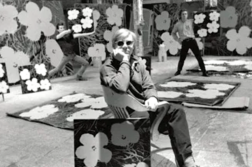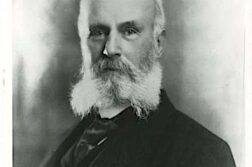DENIED A VOICE of their own by social and legal prohibition through most of Western history, women have often had to allow men to speak for them. The scarcity of women writers, much less lesbian writers, means that the lives of women have either been ignored or interpreted by male writers attempting to fathom their point of view. Still, in some cases it is better to have men speak for women than for women to have no voice at all. One example is Henry James, whose interest in the lives and perspectives of women even included a thinly disguised lesbian theme in his 1877 novel The American.
Now Henry James was a gay man, albeit a rather closeted one, and in this respect he is not alone in showing an uncanny insight into the subjectivities of women (Oscar Wilde and Tennessee Williams come immediately to mind). Perhaps because they’ve suffered many of the same kinds of oppression, gay men and women often show a special understanding of one another. In earlier periods, especially the late 19th century, when women had very little voice, gay men would integrate the plight of lesbians into their writing through subtle asides and implied story lines. Henry James—whose sister may have been a lesbian—was a master of such coded gay stories. Many of his novels and short stories have been studied by GLBT scholars for their gay subtext, including strong lesbian undertones in his novel The Bostonians, which has been thoroughly dissected.
While this theme is most pronounced in The Bostonians, it is certainly present in other James novels.






